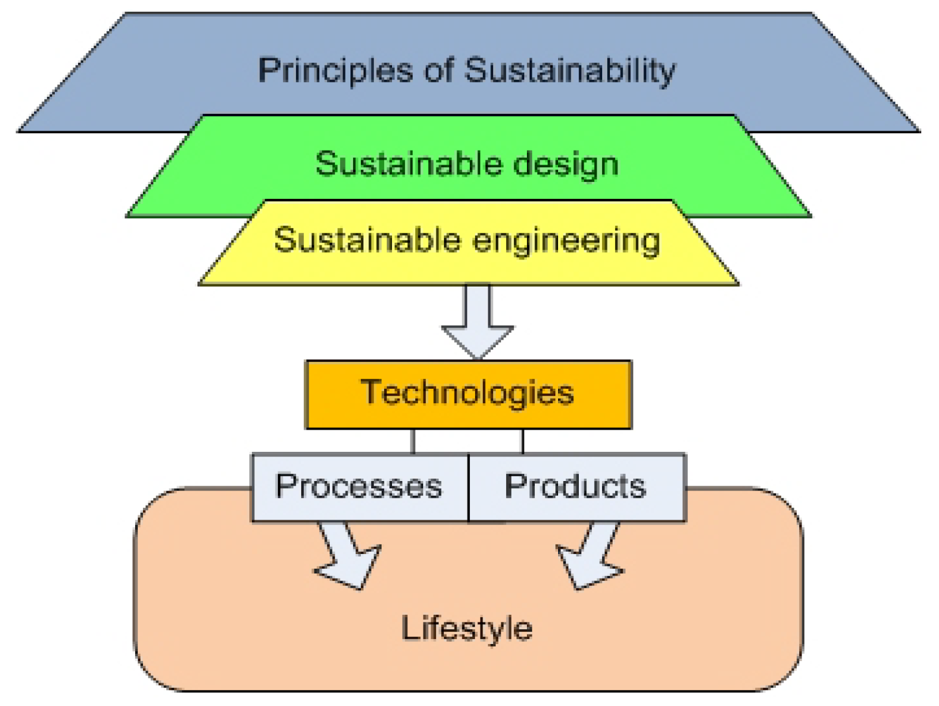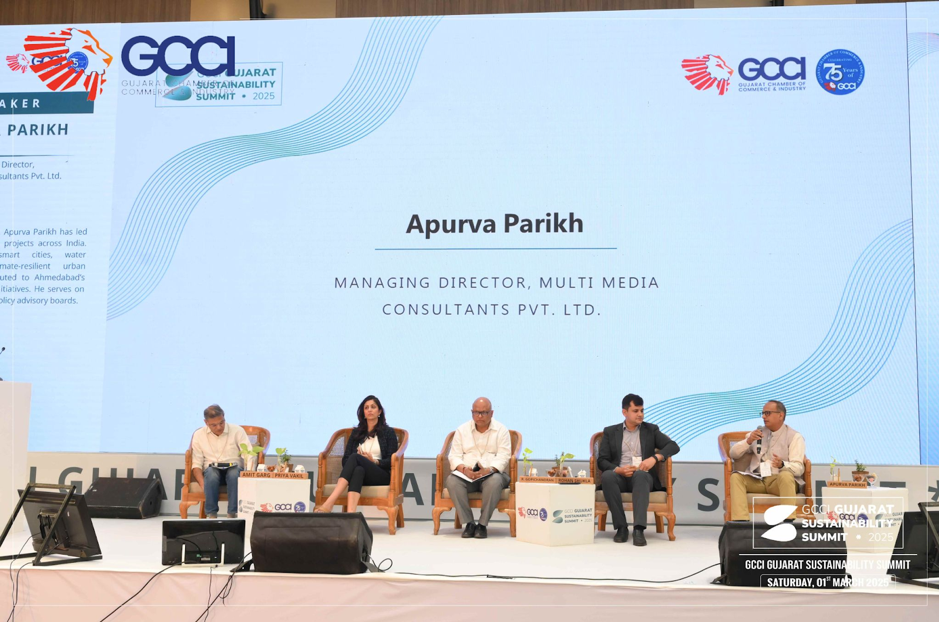Today, we hear the word “sustainability” a lot.
But for those of us working in engineering and infrastructure, it’s more than a trendy buzzword. It’s our reality.
With increasing cases of climate change, resource scarcity, and urban pressure, the challenges we all are facing aren’t some distant threats. They’re here, right now. And they’re growing.
As engineers, we’re at the heart of the systems that keep society and infrastructure moving. We build bridges, lay roads, channel water, and power homes. But what if we could continue to do all that and leave the planet better off?
That’s where sustainable engineering comes in.
It’s not just about smarter designs, but it is also about rethinking how we define success.
Let’s try and talk about what “sustainable engineering” really means (beyond the frequent lip service everyone gives it) why it’s essential right now, and how we at MMCPL are making it part of everything we do—not as an afterthought, but as the blueprint from day one.
What is Sustainable Engineering, Really?
At its core, sustainable engineering is pretty simple: it’s about creating systems and solutions that meet today’s needs, without messing up tomorrow.
We’re talking about designs that minimize environmental harm, materials that last longer and waste less, and systems that consider their full life cycle, from sourcing to reuse or disposal.
You could call it “engineering with a conscience.” Or just… smart, future-ready work.
To give you a better idea, we can say that sustainable engineering has some guiding principles, such as
- Resource Efficiency: Using less. Wasting less. Getting more from what we already have.
- Lifecycle Thinking: Designing with the full journey in mind, not just the construction phase. How will this project hold up in 30 years? Can its components be reused?
- Resilience: With changing times, we need infrastructure that can take a hit from nature – be it floods, quakes or storms – and bounce back.

Image source: https://www.mdpi.com/2227-9717/10/5/870
So, how can engineers play a role in integrating sustainability in construction?
The Role of Engineers in Promoting Sustainability
Being engineers, we’re more than problem-solvers; we’re systems designers. And with that comes serious responsibility. Every decision we make, every material we choose, and every system we approve has a ripple effect.
So the question isn’t just “Can we build it?” It’s “Should we?” That shift in mindset is happening across the profession, and honestly, it’s overdue.
These are the critical times when we need to choose
- Low-carbon materials like green concrete and recycled steel
- Smarter energy systems powered by solar or even waste
- Infrastructure that “thinks” (thanks to AI and IoT) so that we can monitor, adapt, and optimize energy and water use in real time to build “smart” infrastructure
And as with anything else in the world, sustainability isn’t static, it’s evolving.
What worked five years ago might already be outdated. That’s why we encourage our team (and the next generation of engineers) to keep learning.
From updated university curriculums to on-the-job workshops, the knowledge gap is closing, and we’ve got to keep at it.
MMCPL’s Approach to Sustainable Engineering
At MMCPL, we’ve been shaping infrastructure across India for decades. But today, it’s not just about engineering quality, it is also about doing that work in a way that supports environmental balance and social well-being.
At our core, we include sustainability in our every decision, from the planning desk to the building site.
We’ve redesigned city corridors to encourage a shift from private cars to public transit, while also adding pedestrian-friendly paths and cycling lanes. Moreover, we’ve also built bio-swales, permeable pavements, and natural infiltration systems. Not only are they better for the water table, they take infrastructure aesthetics to the next level!
One of the best examples of this is our work on the World Heritage Nalanda University, where we’ve helped create super-efficient water management systems and soil-responsive infrastructures, making it a blueprint for smart and green institutions of the future.

On World Water Day 2025, our managing director Apurva Parikh showcased some of our best projects – in rainwater harvesting, water and sewage treatment, and irrigation – that truly match our company’s sustainability goals.
We stick to practices such as low-carbon cement, high-recycled aggregates, and local sourcing to reduce transportation emissions. Sometimes, that means rethinking standard specs, but we know it’s worth investing for the long-term savings.
Here’s some more ways in which we make sure we’re following sustainable engineering standards:
Digital Engineering with BIM:
Before we lay a single brick, we simulate, test, and optimize designs in digital space using Building Information Modelling (BIM), which helps cut down on waste and spot problems early.
Green Certifications:
We actively aim for international ratings and standards in our infrastructure work, not because we have to, but because they provide real, measurable frameworks.
Community-First Design:
For us, sustainability goes beyond the environment. It includes people. That’s why we involve community members in our planning process, whether it’s through town halls, surveys, or on-site design workshops.
We also encourage Green policies and frequently take part in government, academic and public summits on such issues.

Challenges and Opportunities in Sustainable Engineering
Let’s not sugarcoat it – you know as well as me that building sustainably isn’t always the easiest route.
There are many difficulties:
- Higher upfront costs (though long-term savings are real)
- Regulations that haven’t caught up to newer methods
- Resistant to change among team members who’ve been following traditional work methods for years
Having said that, there’s good news too:
- Clients want it. Sustainability is becoming a key factor in tenders.
- Tech is making it cheaper. What once cost a fortune is now accessible.
- Partnerships are growing. PPPs and policy support are creating momentum for sustainability.
And at MMCPL, we’ve learned to take a balanced approach by starting small, which means piloting new methods before we go full-scale rollout.
Plus, we share knowledge by conducting internal workshops, expert collaborations, and open dialogue with universities. All of these help us make sure we are keeping up with—and ahead of—time and adapt to new trends faster.
The Future of Engineering and Sustainability
If you’re wondering where sustainable engineering is heading, get this: it’s just getting started.
The future of sustainable engineering will be driven by:
- Smart cities that adapt in real time
- Integrated renewables that power not just homes, but entire transit hubs and public infrastructure
- Circular designs where systems are built to be dismantled, reused, and reimagined

Image source: https://www.ellenmacarthurfoundation.org/circular-economy-diagram
Among all of these, our goal is simple: build infrastructure that lasts.
And by “lasts,” we don’t just mean structurally—we mean socially, environmentally, and economically.
We believe good engineering doesn’t just solve problems. It prevents them. And that’s the kind of impact we want to have on every project that we touch.
How to Lead the Way in Sustainable Engineering
Sustainable engineering isn’t just about ticking boxes, it’s about changing mindsets. As engineers, we’re in a position to design not just for performance, but for purpose.
At MMCPL, we’re proud to be part of that shift. And we’re always looking to learn, collaborate, and grow with others who care about building for the long term.
So if you’re a fellow engineer, contractor, consultant, policymaker, student, or someone who simply wants to make a difference, let’s talk.
Or better yet, let’s build something better together!